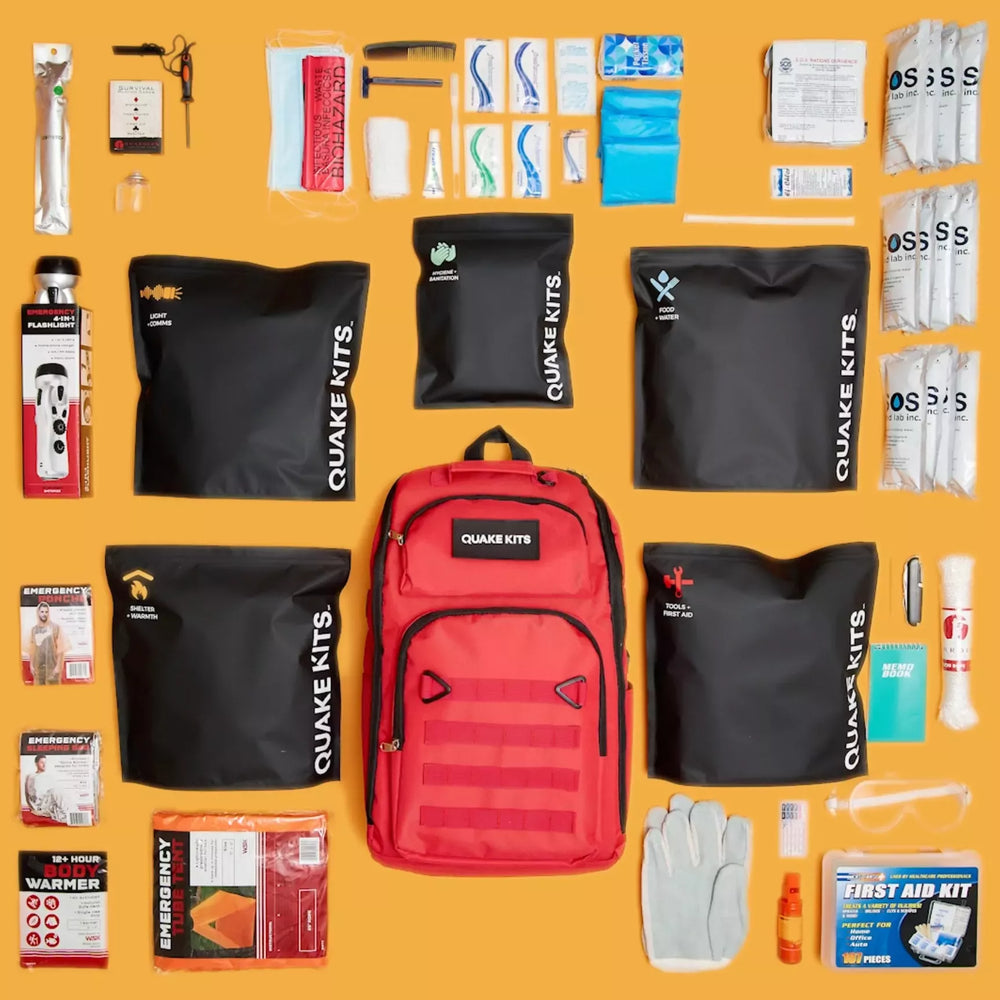The Lost Art of Orienteering: How to Use a Map and Compass
The Lost Art of Orienteering: How to Use a Map and Compass
When you think of emergency preparedness, certain skills immediately come to mind—building a fire, purifying water, and sheltering from the elements. However, there’s another skill, one that's been around for centuries, but often overlooked today: orienteering, or the ability to navigate with a map and compass. While GPS devices are great, nothing beats knowing how to find your way when technology fails. In this post, we’ll dive into the basics of map and compass use, a timeless skill that can not only be a lifesaver in an emergency but also a fun way to explore the great outdoors.
Essential Gear for Orienteering
Before we jump into the details, let’s talk about the three main tools you'll need: a compass, a map and a pencil.
- Compass: A simple, reliable compass like the classic Silva or Suunto models is all you need. Make sure it has a clear baseplate, a rotating bezel, and a direction-of-travel arrow.
- Topographic Map: Unlike road maps, topographic maps show the landscape’s features, including hills, valleys, rivers, and trails. These are the maps you’ll use for serious navigation, as they give you a three-dimensional understanding of the land.
- Pencil: A pencil or erasable pen for marking the map, especially useful for triangulation.
Step 1: Get to Know Your Compass
Before hitting the trail, take some time to understand how your compass works.
- Magnetic Needle: Always points north, no matter where you are.
- Rotating Bezel: The dial that you turn to align the compass with your map and set your bearings.
- Baseplate: The clear plastic surface of the compass, usually marked with a direction-of-travel arrow.
- Orienting Lines and Arrow: These help you align your compass to the map and lock in your direction.
Fun Use: Get familiar with your compass by turning it into a game. Try walking in a straight line by only using your compass to guide you—no peeking at landmarks!
Step 2: Orient Your Map
Before navigating, you need to orient your map to match the real-world terrain.
- Place the map flat: Set your map down on a flat surface or hold it level.
- Align the compass with the map: Place the compass on the map with the edge of the baseplate parallel to the north-south lines of the map (or the grid lines, if present).
- Rotate the map: Turn the map and compass together until the magnetic needle on the compass lines up with the orienting arrow, pointing north.
Your map is now properly oriented, meaning that the features on the map correspond with the real-world locations around you.
Fun Use: This step becomes a fun way to explore when you’re out hiking. Pick a landmark on your map, orient it, and try to spot it in the distance, whether it’s a hill, lake, or unique rock formation.
Step 3: Take a Bearing
Taking a bearing is how you figure out the direction you need to travel.
- Place the compass on the map: Line up the edge of the baseplate with your current location and your destination (a trail, river, or landmark).
- Turn the bezel: Rotate the compass dial until the orienting lines on the bezel match the north-south grid lines on your map.
- Align the compass: Hold the compass in front of you, making sure it’s level. Rotate your body until the magnetic needle lines up with the orienting arrow.
- Follow the arrow: The direction-of-travel arrow will now point you toward your destination. Begin walking in that direction.
Fun Use: Make navigation more interesting by setting waypoints for your hike. Challenge your hiking group to hit these spots using bearings and without consulting their phones or GPS devices.
Step 4: Check Your Position with Triangulation
If you find yourself uncertain of your location, you can use triangulation to pinpoint it on the map.
- Find landmarks: Identify two or three visible landmarks that are also on your map.
- Take bearings to each: For each landmark, take a bearing by pointing your compass at it and noting the degree on the bezel.
- Draw the lines: On your map, place your compass on the landmark, then draw a line along the bearing you just took. Repeat for the other landmarks. Where the lines intersect is your current location.
Fun Use: Triangulation doesn’t have to be reserved for emergencies. Make it part of your outdoor adventures! Pick some unique landmarks, like peaks or towers, and triangulate your location just for fun. It’s a great way to practice and can be turned into a friendly competition among friends or family.
TL;DR
Orienteering with a map and compass is a crucial survival skill that’s surprisingly fun when used recreationally. By mastering the basics—orienting your map, taking bearings, and triangulating your position—you’ll be able to confidently navigate through the wilderness without relying on technology. Whether you’re lost or just exploring a new trail, knowing how to use these tools opens up endless possibilities for adventure and safety.
The lost art of orienteering isn't just for emergencies—it’s a fun and valuable skill that anyone who loves the outdoors can enjoy!






Leave a comment